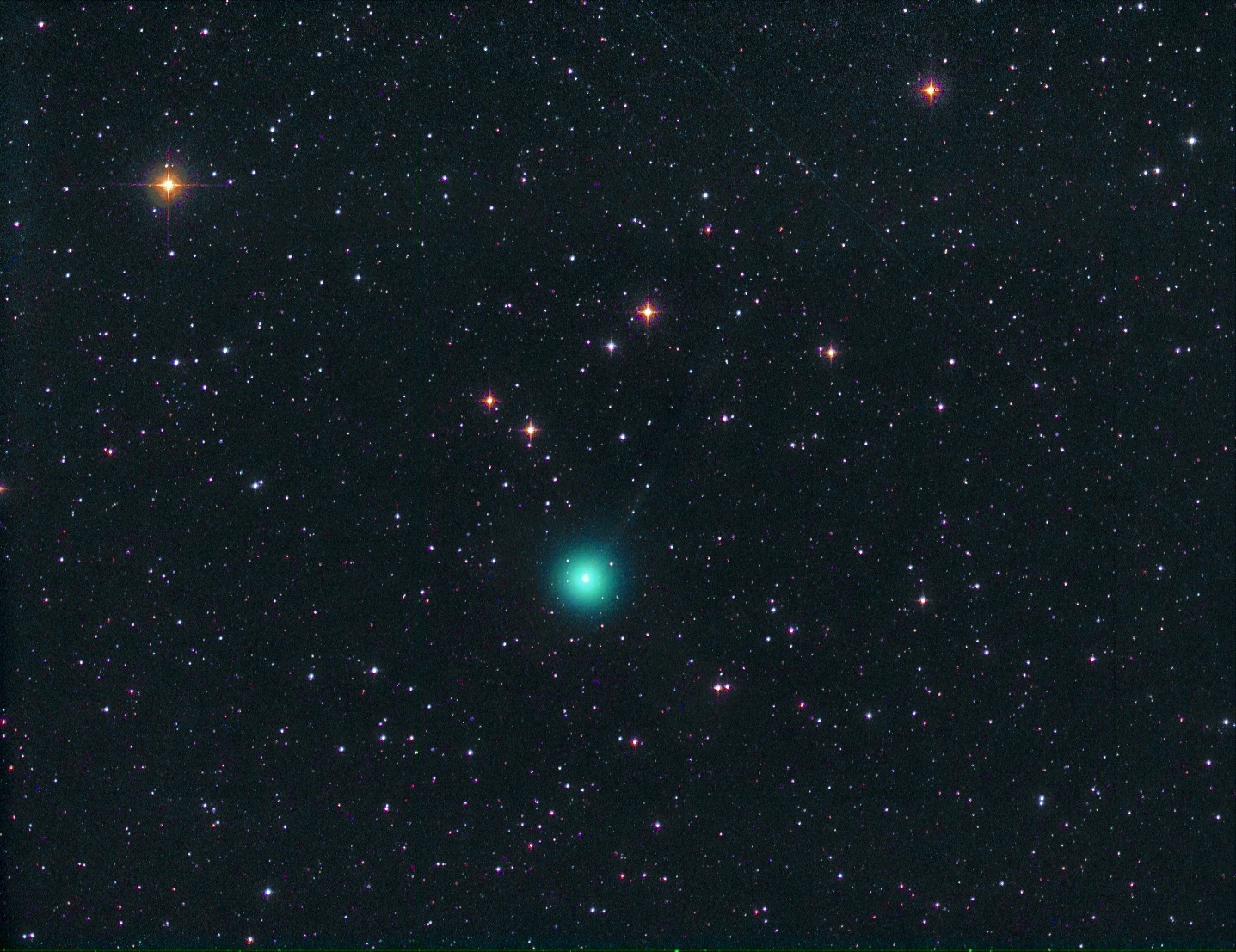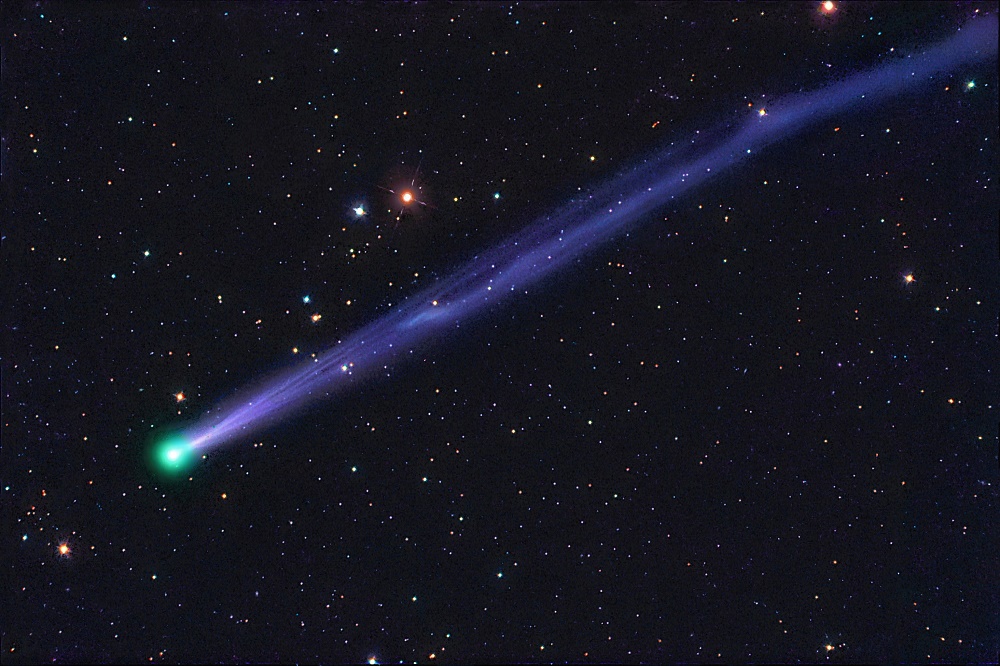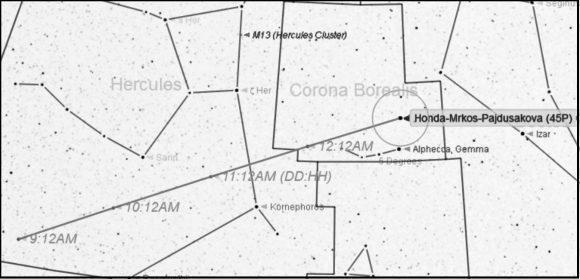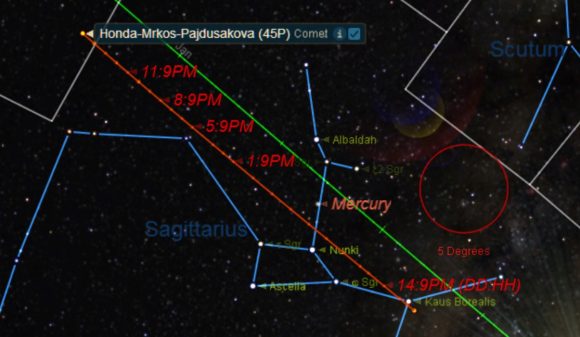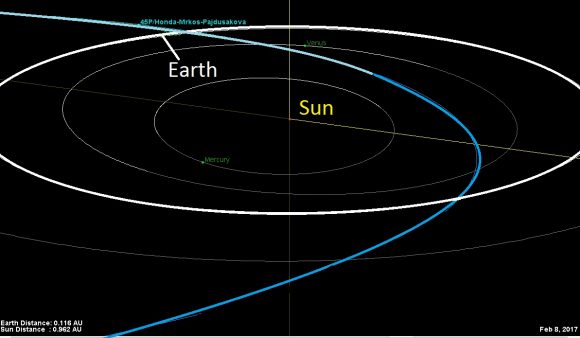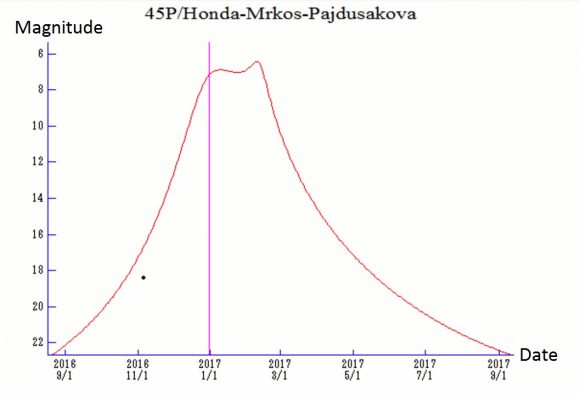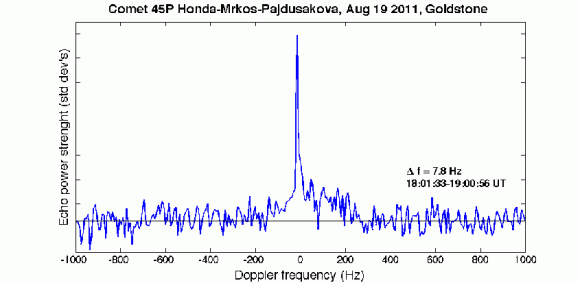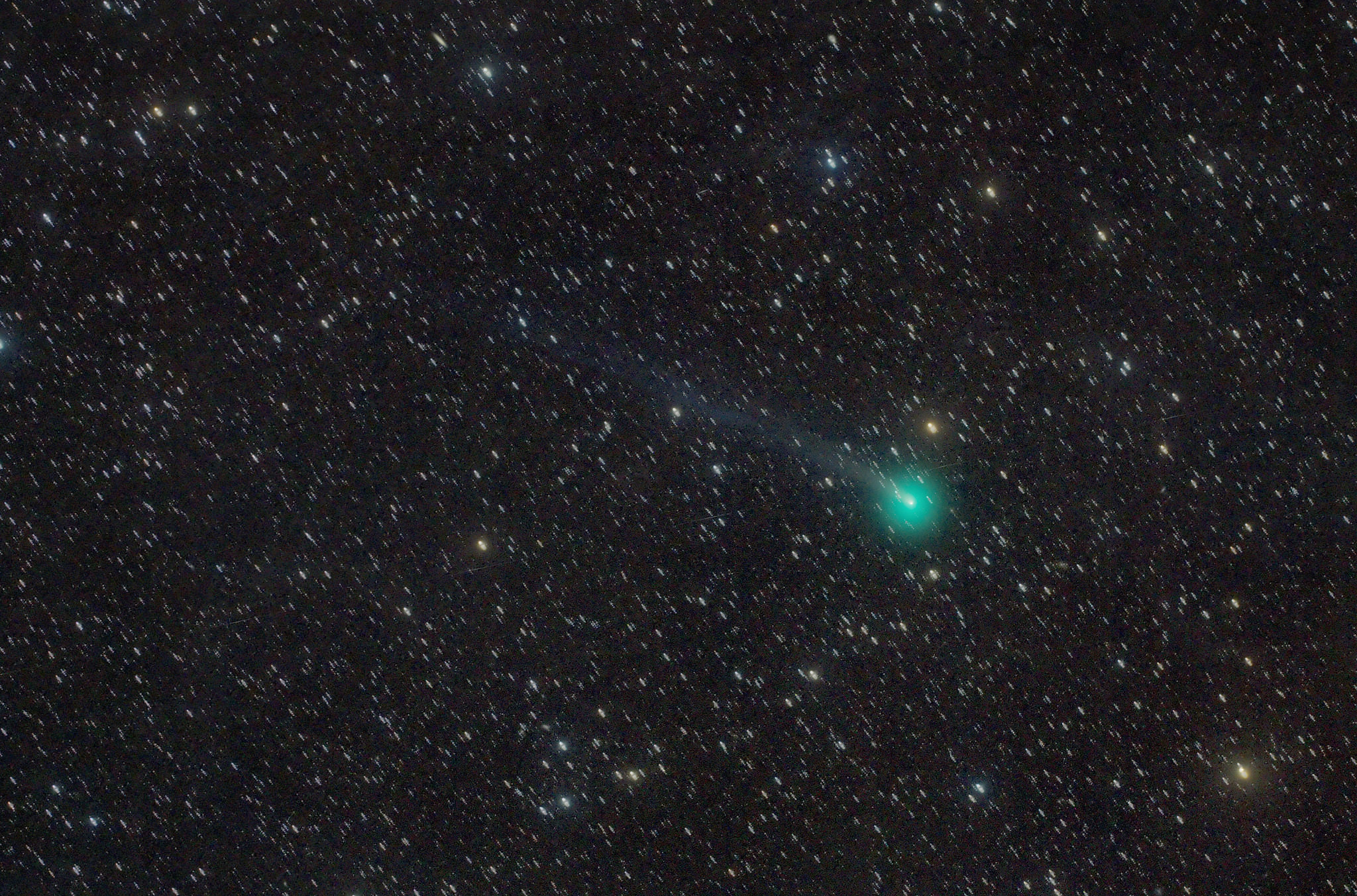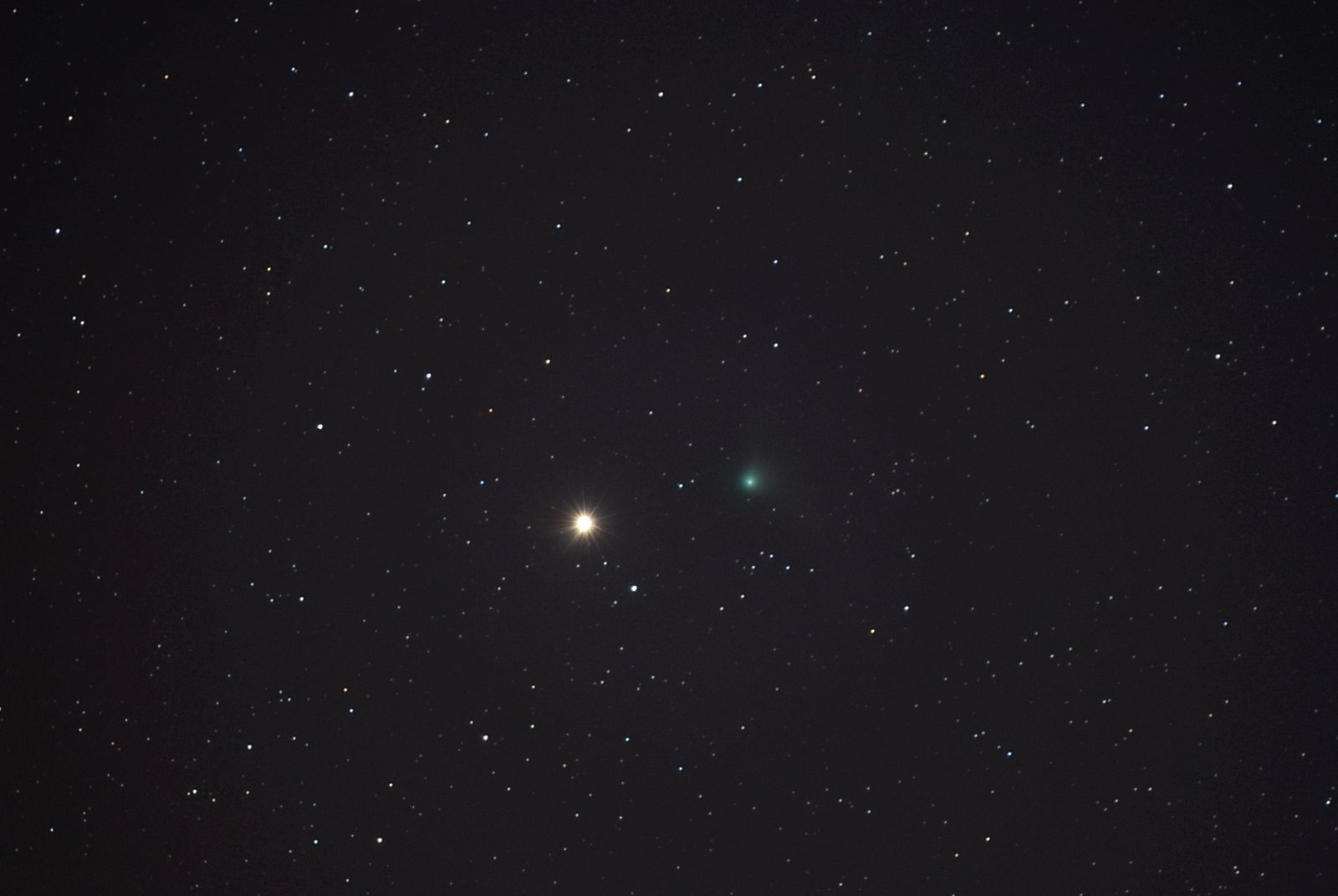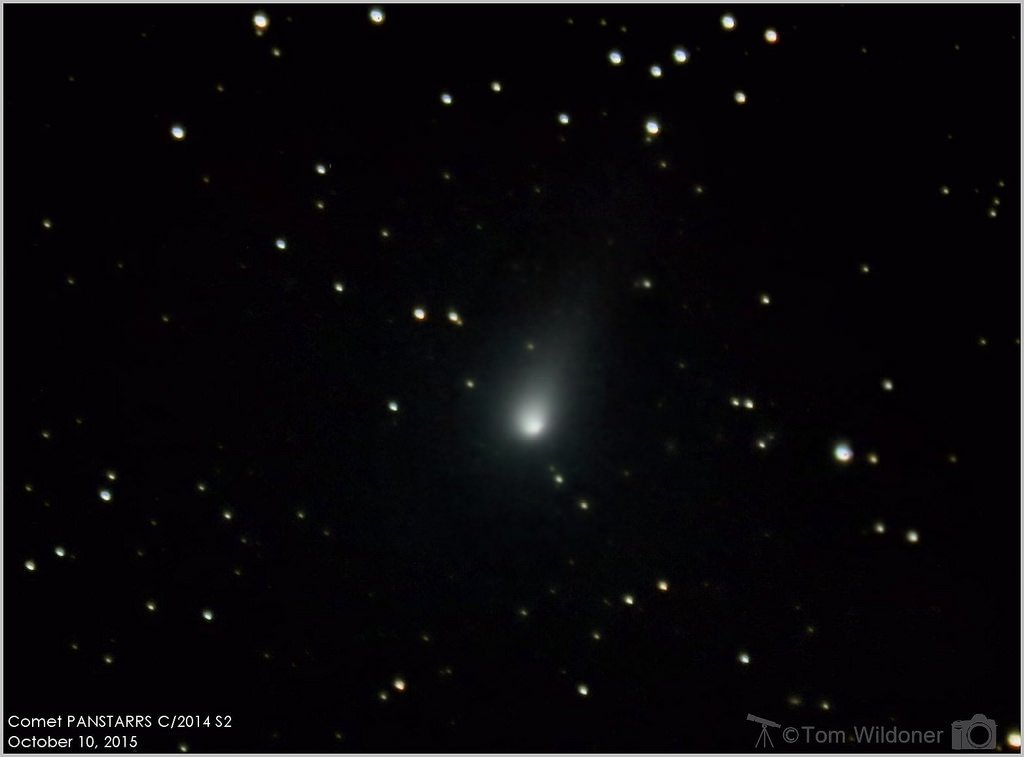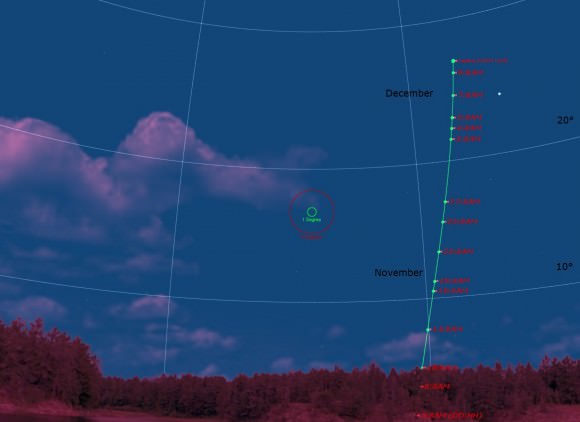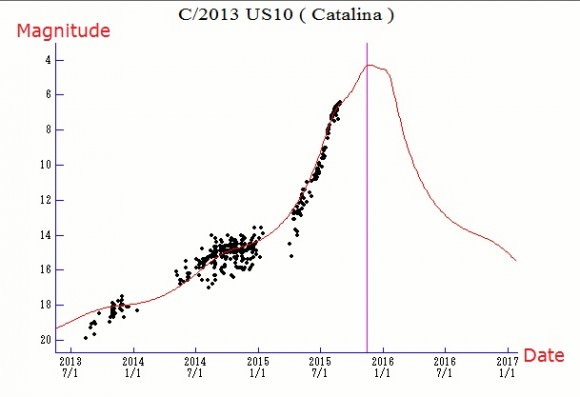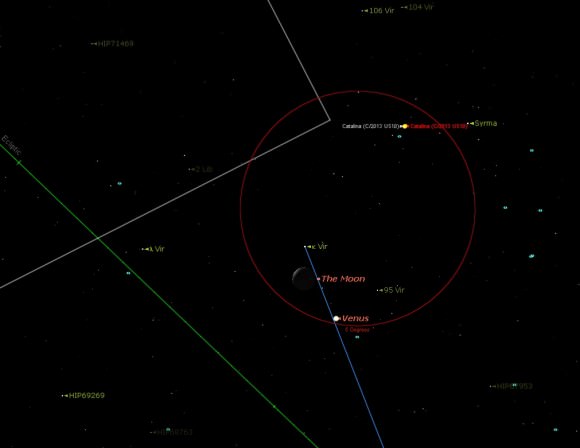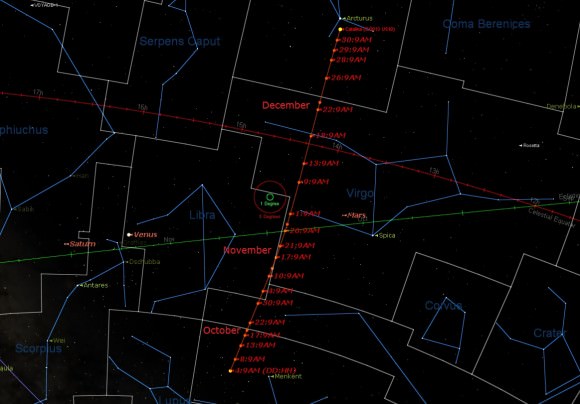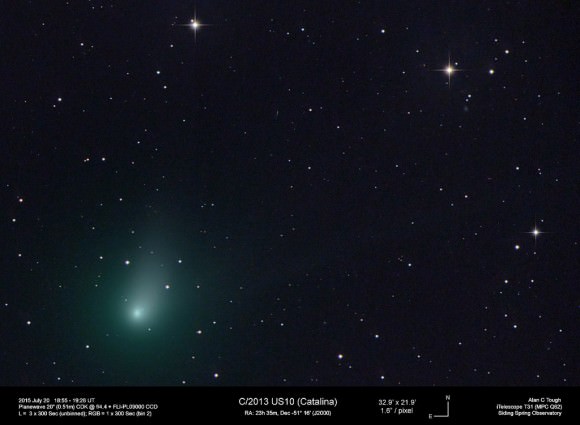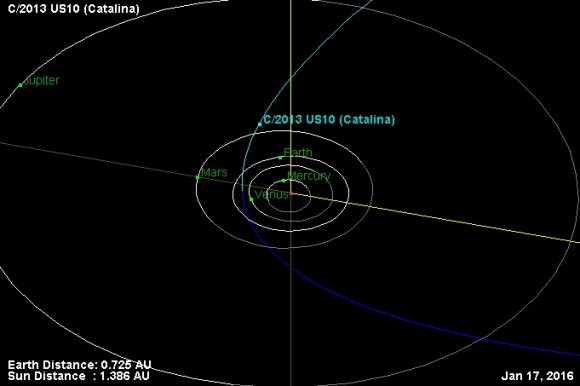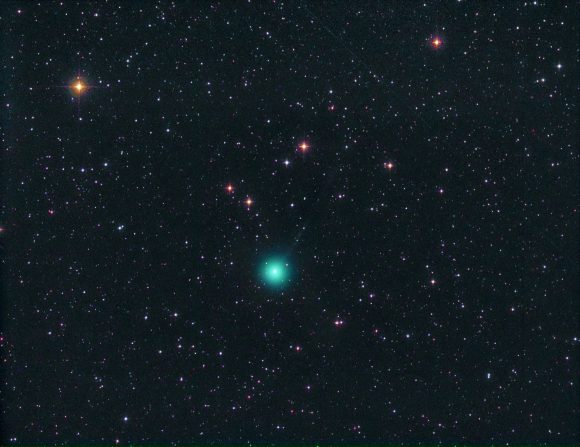
Well, it looks like we’ll close out 2016 without a great ‘Comet of the Century.’ One of the final discoveries of the year did, however, grab our attention, and may present a challenging target through early 2017: Comet U1 NEOWISE.
Comet C/2016 U1 NEOWISE is expected to reach maximum brightness during the second week on January. Discovered by the Near-Earth Object Wide-field Infrared Survey Explorer (NEOWISE) space observatory on its extended mission on October 21st, 2016, Comet U1 NEOWISE orbits the Sun on an undefined hyperbolic orbit that is perhaps millions on years long. This also means that this could be Comet C/2016 U1 NEOWISE’s first venture through the inner solar system. Comet C/2016 U1 NEOWISE is set to break binocular +10th magnitude brightness this week, and may just top +6th magnitude (naked eye brightness) in mid-January near perihelion.
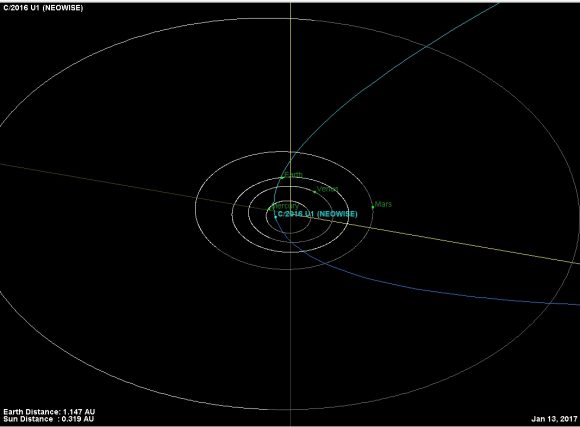
Visibility prospects: At its brightest, Comet C/2016 U1 NEOWISE will pass through the constellations Ophiuchus to Serpens Cauda and Sagittarius, and is best visible in the dawn sky 12 degrees from the Sun at maximum brightness. This apparition favors the northern hemisphere. Perihelion for Comet C/2016 U1 NEOWISE occurs on January 13th, 2017 at 0.319 AU from the Sun, and the comet passed 0.709 AU from the Earth on December 13th.
This is the ninth comet discovered by the extended NEOWISE mission since 2014.
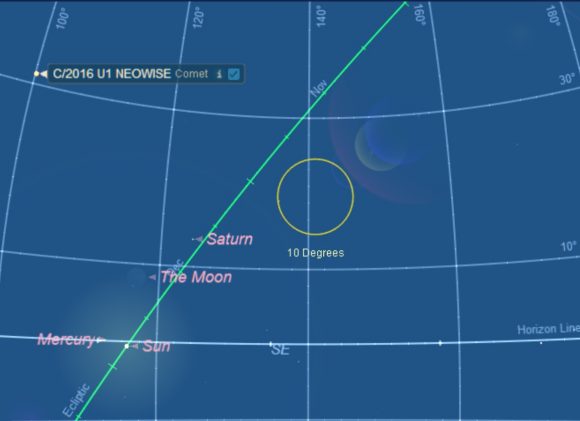
Comet C/2016 U1 NEOWISE ends 2016 and early January 2017 as a difficult early dawn target, sitting 25 degrees above the eastern horizon as seen from latitude 30 degrees north about 30 minutes before dawn. Things will get much more difficult from there, as the comet passes just 12 degrees from the Sun as seen from our Earthly vantage point during the final week of January. The comet sits 16 degrees from the Sun in the southern hemisphere constellation of Microscopium on the final day of January, though it is expected to shine at only +10th magnitude at this point, favoring observers in the southern hemisphere.
The time to try to catch a brief sight of Comet C/2016 U1 NEOWISE is now. Recent discussions among comet observers suggest that the comet may be slowing down in terms of brightness, possibly as a prelude to a pre-perihelion breakup. Keep a eye on the Comet Observer’s database (COBS) for the latest in cometary action as reported and seen by actual observers in the field.
Finding C/2016 U1 NEOWISE will be a battle between spying an elusive fuzzy low-contrast coma against a brightening twilight sky. Sweep the suspect area with binoculars or a wide-field telescopic view if possible.
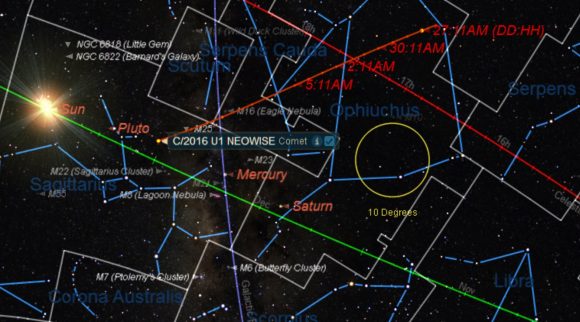
Here are some key dates to watch out for in your quest:
December
25-Crosses in to Ophiuchus.
26-Passes near +3 mag Kappa Ophiuchi.
January
1-Crosses the celestial equator southward.
3-Passes near M14.
7-Passes near the +3 mag star Nu Ophiuchi.
8-Crosses into the constellation Serpens Cauda.
10-Passes near M16, the Eagle Nebula.
11-Passes near M17 the Omega Nebula, crosses the galactic equator southward.
12-Crosses into the constellation Sagittarius.
13-Passes near M25.
16-Crosses the ecliptic southward.
27-Crosses into the constellation Microscopium.
28-Passes near +4.8 mag star Alpha Microscopii.
February
1-May drop back below +10 magnitude.
C/2016 U1 NEOWISE (23.nov.2016) from Oleg Milantiev on Vimeo.
A rundown on comets in 2016, a look ahead at 2017
C/2016 U1 NEOWISE was one of 50 comets discovered in 2016. Notables for the year included C/2013 X1 PanSTARRS, 252/P LINEAR and C/2013 US10 Catalina. What comets are we keeping an eye on in 2017? Well, Comet 2/P Encke, 41P/Tuttle-Giacobini-Kresak, C/2015 ER61 PanSTARRS, C/2015 V2 Johnson are all expected to reach +10 magnitude brightness in the coming year… and Comet 45P/Honda-Mrkos-Pajdušáková has already done so, a bit ahead of schedule. These are all broken down in our forthcoming guide to the top 101 Astronomical Events for 2017. Again, there’s no great naked eye comet on the horizon (yet), but that all could change… 2017 owes us one!

